Use this nursing care plan and management guide to help care for patients with scoliosis. Learn about the nursing assessment, nursing interventions, goals and nursing diagnosis for scoliosis in this guide.
What is Scoliosis?
Scoliosis is a lateral curving of the spine with the thoracic area being the most commonly affected. It can be classified as functional or structural. Functional scoliosis is the result of another deformity and is corrected by treating the underlying problem. Structural scoliosis is most often idiopathic although it may be congenital or secondary to another disorder. There is a growing body of evidence that idiopathic scoliosis is probably genetic but the etiology is not completely understood. Structural scoliosis is more progressive and causes changes in supporting structures, such as the ribs.
Management includes observation, bracing, and surgical fusion. Patients with idiopathic curves of less than 25 degrees are observed for progress until they have reached skeletal maturity. Bracing is recommended for adolescents with curves between 30 and 45 degrees, while curves greater than 45 degrees usually require surgery. The deformity may occur at any age, from infancy through adolescence, but the best prognosis belongs to those who are almost fully grown and whose curvature is of a mild degree. Idiopathic scoliosis most commonly occurs in adolescent girls.
Nursing Care Plans and Management
When developing nursing care planning goals for a pediatric client with scoliosis, the following objectives should be considered: restore normal breathing patterns, improve physical mobility, address disturbed body image promote comfort, enhance learning, stop the progression of the curve, and prevent deformity.
Nursing Problem Priorities
The following are the nursing priorities for patients with scoliosis:
- Determine the severity and progression of scoliosis.
- Manage pain levels using appropriate pain management strategies
- Educate the patient and the family about the condition, including its causes, treatment options, and potential complications.
- Encourage the patient in maintaining good posture and body mechanics to minimize discomfort and prevent further curvature progression.
- Help the patient cope with body image issues and psychological concerns associated with scoliosis
- Collaborate with the healthcare team to develop a comprehensive care plan that includes physical therapy, bracing, or surgical interventions as needed.
- Collaborate with the patient, family, and interdisciplinary team to promote compliance with treatment plans and long-term management of scoliosis.
Nursing Assessment
Assess for the following subjective and objective data:
- Back pain
- Abnormal curvature of the spine when the patient stands or bends forward.
- Uneven shoulder
- Uneven waistline and hips
- Abnormal or protruding shoulder blade
- Rib prominence
- Limited movement or stiffness in the spine when attempting to bend or twist.
- Changes in posture or gait
- Increased work of breathing, use of accessory muscles
Assess for factors related to the cause of scoliosis:
- Musculoskeletal impairment
- Decreased lung expansion
- Hypoventilation syndrome
- Biophysical and psychosocial factors of spinal deformity
Nursing Diagnosis
Following a thorough assessment, a nursing diagnosis is formulated to specifically address the challenges associated with scoliosis based on the nurse’s clinical judgement and understanding of the patient’s unique health condition. While nursing diagnoses serve as a framework for organizing care, their usefulness may vary in different clinical situations. In real-life clinical settings, it is important to note that the use of specific nursing diagnostic labels may not be as prominent or commonly utilized as other components of the care plan. It is ultimately the nurse’s clinical expertise and judgment that shape the care plan to meet the unique needs of each patient, prioritizing their health concerns and priorities.
Nursing Goals
Goals and expected outcomes may include:
- The child will maintain an effective breathing pattern, as evidenced by relaxed breathing at a normal rate and depth and the absence of shortness of breath.
- The patient will maintain proper body alignment and progress with activity as ordered by the physician.
- The patient will demonstrate increased acceptance and satisfaction with their physical appearance, including the visible spinal curvature caused by scoliosis.
- The patient will utilize effective coping strategies to manage negative emotions related to body image, demonstrating resilience and emotional well-being.
- The patient will demonstrate a clear understanding of scoliosis, including its causes, progression, and potential impact on daily life.
- The patient will gain the necessary knowledge and skills to effectively manage scoliosis on a day-to-day basis, including proper body mechanics, exercises, and strategies to reduce discomfort and maintain good posture.
Nursing Interventions and Actions
Therapeutic interventions and nursing actions for patients with scoliosis may include:
1. Promoting Effective Breathing Pattern
In a child with scoliosis, musculoskeletal impairment caused by the abnormal curvature of the spine can restrict the movement of the ribs and chest, leading to decreased lung expansion and ventilation. This can result in an ineffective breathing pattern and hypoventilation syndrome, which can lead to decreased oxygen levels in the blood and a range of health complications.
1. Assess respiratory status every 4 hours.
Patients with scoliosis may experience respiratory issues due to weakened respiratory muscles caused by limited rib movement. This can lead to an increased work of breathing, making it challenging to breathe during rest, activity, and sleep. These assessments can help identify changes in respiratory status and guide interventions to improve breathing function. It is essential to monitor respiratory status closely, especially during periods of activity or exertion, to prevent complications and ensure patient safety.
2. Auscultate breath sounds at least every 4 hours.
This is to detect decreased or adventitious breath sounds.
3. Monitor intake and output.
Adequate hydration mobilizes secretions and prevents infection.
4. Assess oxygen saturation and pulse rate by using pulse oximetry.
Pulse oximetry is a helpful tool to detect alterations in oxygenation.
5. Assist the child in doing deep breathing exercises.
Deep breathing exercises are initiated to improve lung function.
6. Elevate the head of the bed or use pillows to support the chest and facilitate breathing.
Facilitates expansion of the lungs.
7. Assist the child in using incentive spirometry.
Improves lung expansion and aeration of the alveoli.
8. Administer bronchodilators if indicated.
Bronchodilators may be used in scoliosis to relieve symptoms related to respiratory problems caused by the abnormal curvature of the spine. These medications work by relaxing the muscles in the airways, allowing them to widen and facilitating easier breathing.
9. Administer oxygen as needed.
Oxygen increases peripheral oxygen saturation by 95%–100%
10. Educating the child and their family on proper breathing techniques, the importance of maintaining good posture, and the need to seek medical attention promptly if any respiratory symptoms occur.
Poor posture can further limit the movement of the chest and lungs, making breathing more difficult. In addition, it is important to notify the physician promptly if any respiratory symptoms occur, such as shortness of breath, wheezing, or coughing, as these could indicate a worsening of the condition or the development of complications that require immediate treatment.
2. Enhancing Physical Mobility
Enhancing physical mobility for patients with scoliosis will help to maintain or improve their functional abilities, allowing these patients to perform daily activities with greater ease and independence. By addressing limitations in mobility, it also promotes optimal musculoskeletal health, and reduces the risk of secondary complications.
1. Assess the level of physical mobility.
Understanding the particular level guides the design of the best possible management plan.
2. Assess the client’s description of pain including the type, location, and intensity.
Severe curvature of the spine creates stress and pressure on the spinal discs, muscles, nerves, and ligaments that can lead to pain.
3. Instruct with the use of nonpharmacologic pain management techniques, such as
imagery, relaxation, touch, and music.
The use of these techniques will divert attention, therefore decreasing the pain.
4. Encourage the child to perform active range-of-motion exercises.
Promotes good circulation; helps maintain strength and muscle tone
5. Encourage regular postural exercises.
These exercises may help in correcting posture and managing the effects of scoliosis.
6. Teach and encourage the use of brace as indicated.
The primary purpose of utilizing a brace is to prevent or slow down the progression of the spinal curve.
7. Collaborate with the physical therapist as indicated.
Physical therapy uses corrective techniques in order to prevent curve progression that enables continued maintenance and improvement of quality of life.
3. Enhancing Body Image and Self-Esteem
The visible curvature of the spine can cause the patient to feel self-conscious about their appearance, which can lead to negative emotions and impact their overall self-esteem and body image. Enhancing body image and self-esteem for patients will promote a positive sense of self, improves overall psychological well-being, and fosters acceptance and resilience in coping with the physical challenges and societal perceptions associated with the condition.
1. Assess the child’s feelings on wearing a brace, long-term treatments, restricted movements, and inability to keep up with peers and participate in activities.
Provides information about the status of self-concept and changes in appearance.
2. Encourage verbalization of feelings and concerns and support the child’s
communication with significant others and peers.
Provides an opportunity to verbalize and limit negative feelings on changes in appearance and prolong wearing of an appliance.
3. Assist the child in adjusting to self-perception of the short leg, use of appliances, and effect on appearance.
Promotes realistic perception of appearance and positive self-image.
4. Assist with the plan for independence in performing ADL, application and removal of appliances, and choice of shoes and clothing to wear.
Promotes independence and adjustment to the appliance.
5. Maintain a positive environment and encourage activities appropriate to the child.
Enhances body image and confidence, and promotes trust and respect for the child.
6. Reassure parents and child that most activities are permitted with the use of appliances.
Promotes positive feelings about the treatment and restrictions created by the deformity.
7. Assist the child find ways to inform others about wearing an appliance.
Assist the child in dealing with questions and the curiosity of others about differences caused by the deformity.
8. Assist the child with the type of clothing to cover the appliance that is stylish and has peer acceptance.
Improves appearance and body image.
9. Educate the child about activity restrictions that include progression from quiet activities to involvement in those to avoid: contact sports, bike riding, driving, skating, or those that may result in a fall if surgery has been done.
Prevents injury following surgical correction of the deformity.
4. Promoting Health Education
Patients with scoliosis may have less knowledge about the condition and its management due to a lack of understanding or education about scoliosis. This can lead to confusion or misconceptions about the condition, potentially hindering the patient’s ability to manage their scoliosis effectively.
1. Assess knowledge of deformity, cause, and treatments.
Provides information about teaching needs.
2. Teach parents and child about a functional or structural defect and methods of treatment modalities specific to the age of the child and severity of the deformity.
Promotes understanding of the type of defect and treatment protocol to relieve anxiety; functional and scoliosis is corrected by treating the underlying problem, and
structural scoliosis is treated with long-term bracing and exercising or surgical fixation to straighten and realign the spine.
3. Teach the child to maintain proper posture, and use shoe lifts, exercises, and other prescribed treatments for functional scoliosis.
Corrects functional scoliosis which is usually caused by poor posture or unequal length of legs.
4. Teach parents and child about the application, care, and removal of brace or Orthoplast jacket, and provide instruction that the appliance must be worn for 23 hours/day and may be removed for bathing and exercise.
Provides nonoperative bracing to prevent progressive curvatures; higher curves are treated with the Milwaukee brace and lower curves with the TLSO brace and both are worn until growth is complete.
5. Teach the child exercises to be performed in and out of the brace or other appliance and to perform them daily.
Prevents atrophy of muscle of the spine and abdomen.
6. Teach parents and the child to use electrical stimulation, application of electrodes, skin protection, a connection of leads, and operation of the machine to be used at night.
Provides stimulation to the muscles to prevent the progression of the curvature.
7. Teach parents and the child of operative procedure planned and preoperative
preparation required; reinforce physician information and use pictures, models, and drawings to aid in teaching.
Provides information about options for internal surgical instrumentation of curves over 45 degrees or those which are rapidly progressing to 45 degrees.
8. Prepare parents and child for postoperative care, especially activity restrictions, log rolling, progression to ambulation, use of pillows for proper support, maintaining a flat position, and
possible use of special beds such as a Stryker frame.
Provides information about what to expect following surgery depending on the type of procedure.
9. Teach parents and the child of use of a safety belt and walker when ambulating; instruct in safety precautions to take for a child wearing a brace [clear pathways, handrails, performing ADL using aids].
Prevents trauma caused by falls from postoperative weakness, unassisted ambulation, or wearing of brace causing awkwardness in ambulation and ADL performance.
10. Reassure parents and child that physical and occupational therapy will be prescribed after surgery.
Provides information and support services. Promotes optimal physical activity
Recommended Resources
Recommended nursing diagnosis and nursing care plan books and resources.
Disclosure: Included below are affiliate links from Amazon at no additional cost from you. We may earn a small commission from your purchase. For more information, check out our privacy policy.
Ackley and Ladwig’s Nursing Diagnosis Handbook: An Evidence-Based Guide to Planning Care
We love this book because of its evidence-based approach to nursing interventions. This care plan handbook uses an easy, three-step system to guide you through client assessment, nursing diagnosis, and care planning. Includes step-by-step instructions showing how to implement care and evaluate outcomes, and help you build skills in diagnostic reasoning and critical thinking.

Nursing Care Plans – Nursing Diagnosis & Intervention (10th Edition)
Includes over two hundred care plans that reflect the most recent evidence-based guidelines. New to this edition are ICNP diagnoses, care plans on LGBTQ health issues, and on electrolytes and acid-base balance.

Nurse’s Pocket Guide: Diagnoses, Prioritized Interventions, and Rationales
Quick-reference tool includes all you need to identify the correct diagnoses for efficient patient care planning. The sixteenth edition includes the most recent nursing diagnoses and interventions and an alphabetized listing of nursing diagnoses covering more than 400 disorders.

Nursing Diagnosis Manual: Planning, Individualizing, and Documenting Client Care
Identify interventions to plan, individualize, and document care for more than 800 diseases and disorders. Only in the Nursing Diagnosis Manual will you find for each diagnosis subjectively and objectively – sample clinical applications, prioritized action/interventions with rationales – a documentation section, and much more!

All-in-One Nursing Care Planning Resource – E-Book: Medical-Surgical, Pediatric, Maternity, and Psychiatric-Mental Health
Includes over 100 care plans for medical-surgical, maternity/OB, pediatrics, and psychiatric and mental health. Interprofessional “patient problems” focus familiarizes you with how to speak to patients.

See also
Other recommended site resources for this nursing care plan:
- Nursing Care Plans (NCP): Ultimate Guide and Database MUST READ!
Over 150+ nursing care plans for different diseases and conditions. Includes our easy-to-follow guide on how to create nursing care plans from scratch. - Nursing Diagnosis Guide and List: All You Need to Know to Master Diagnosing
Our comprehensive guide on how to create and write diagnostic labels. Includes detailed nursing care plan guides for common nursing diagnostic labels.
Other nursing care plans for musculoskeletal disorders and conditions:
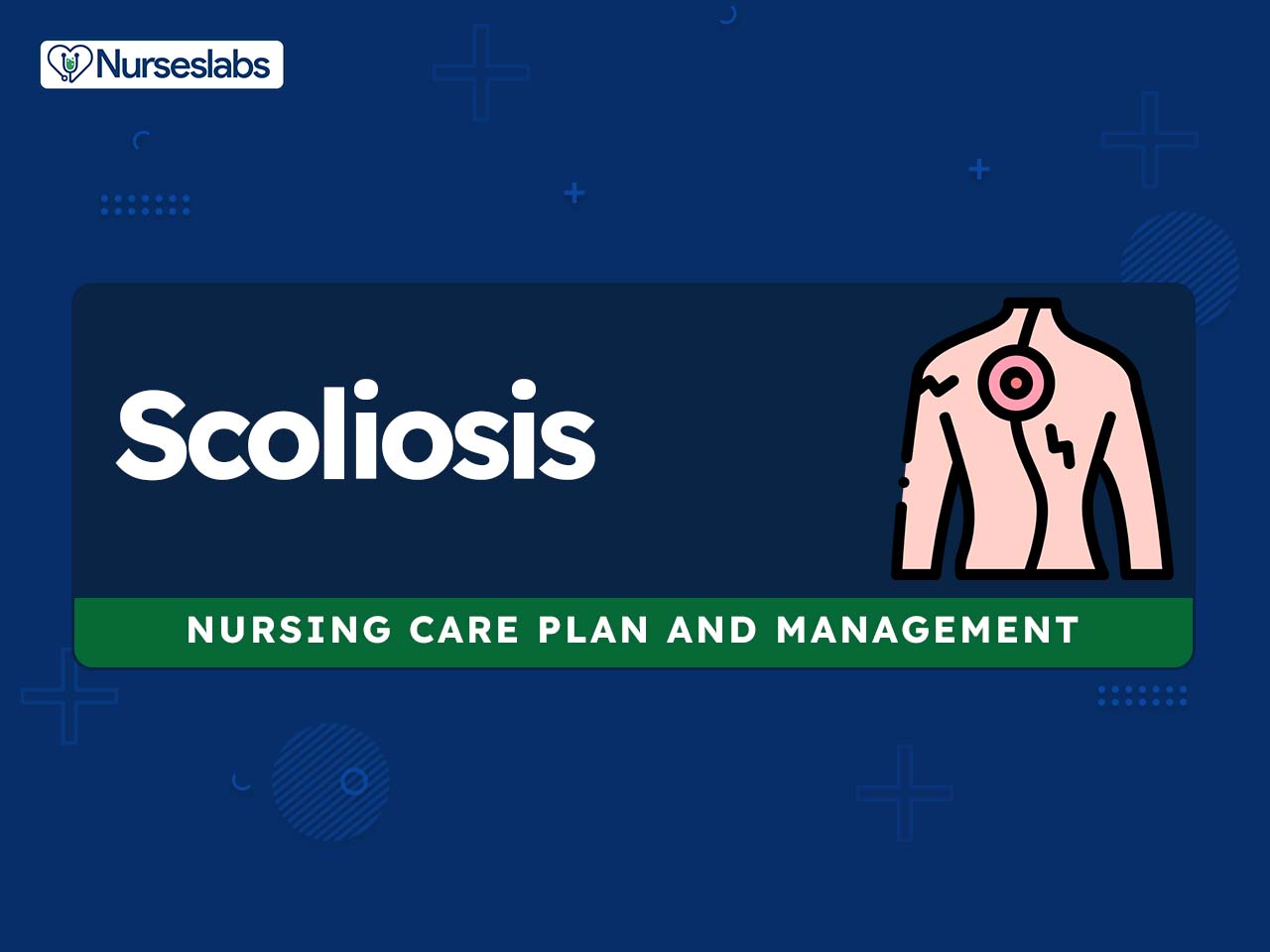


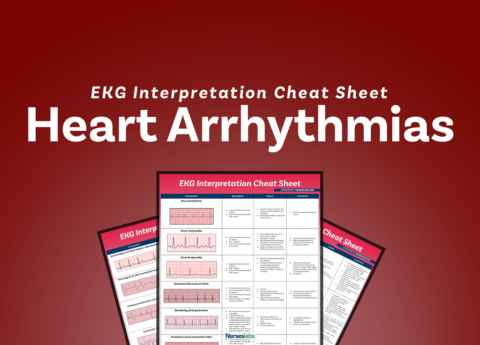

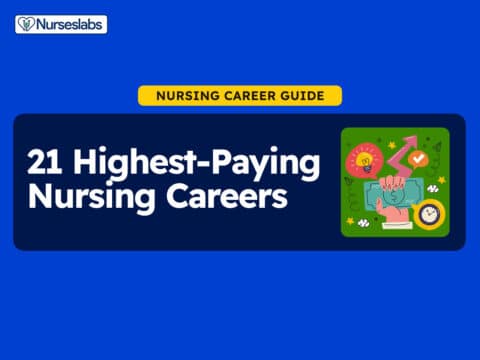


















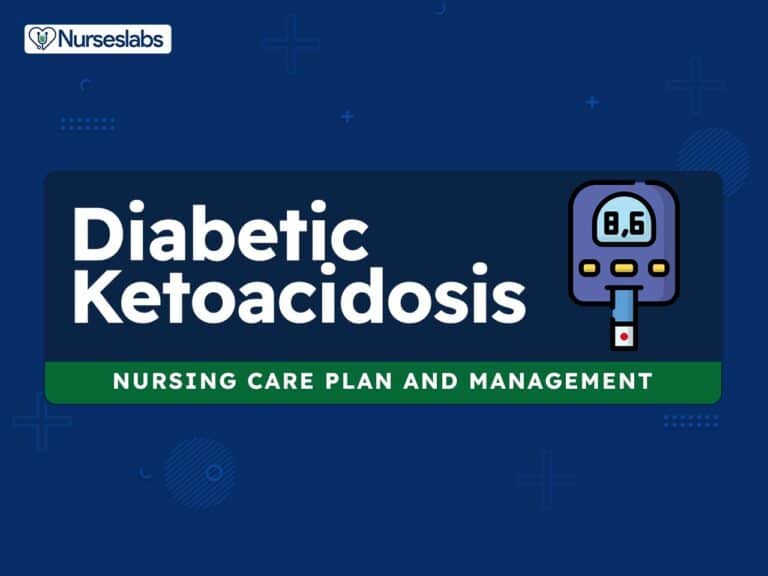
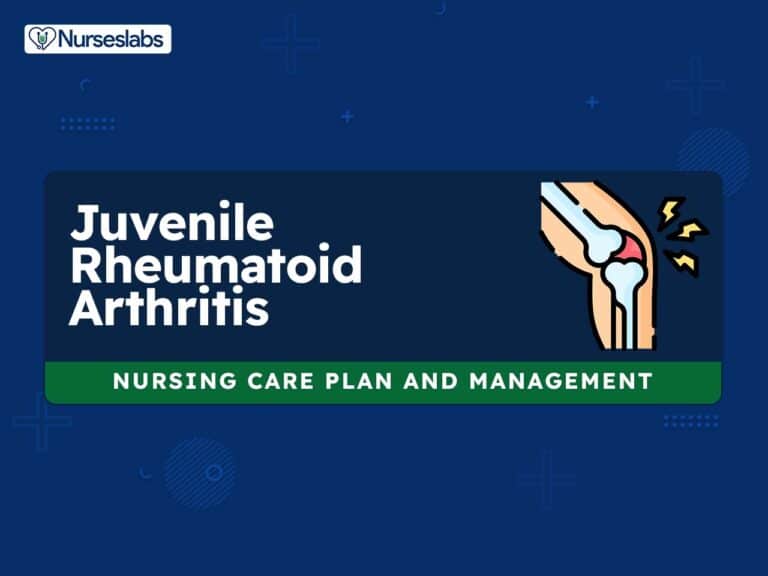
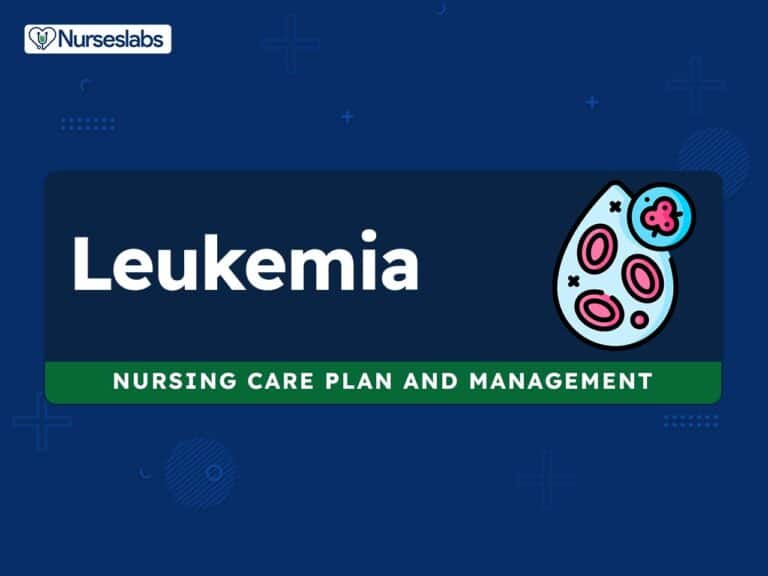
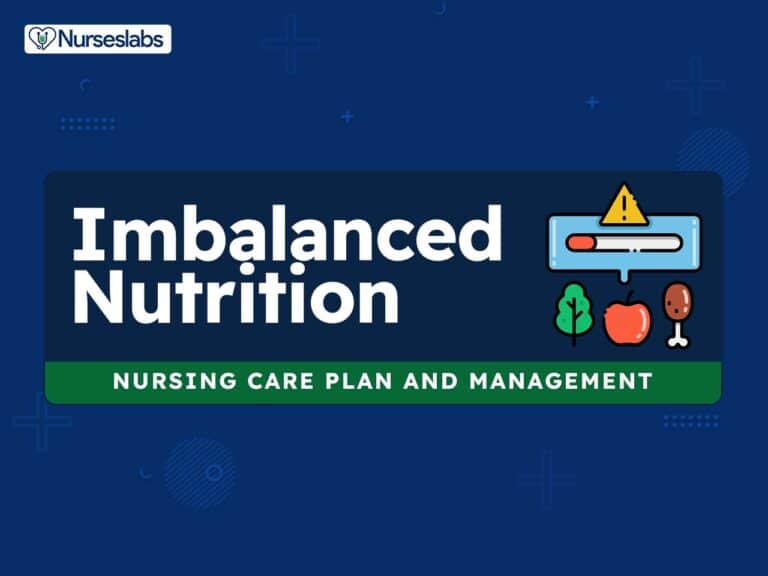
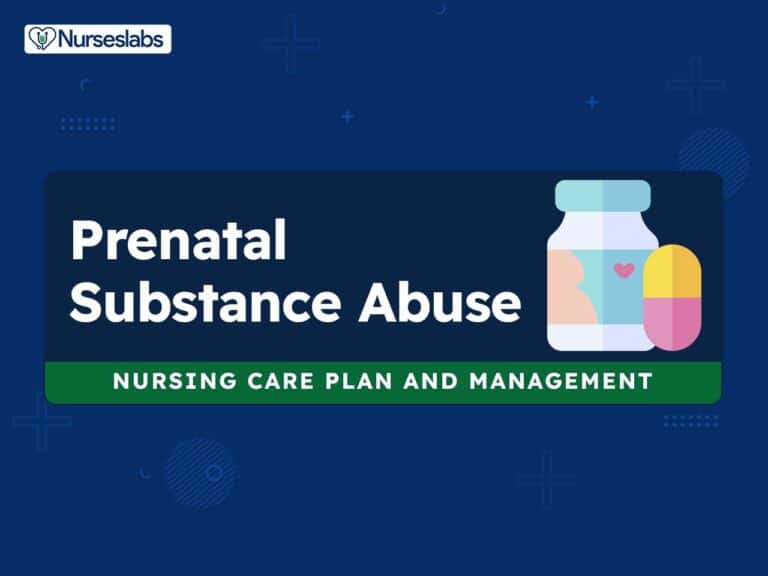

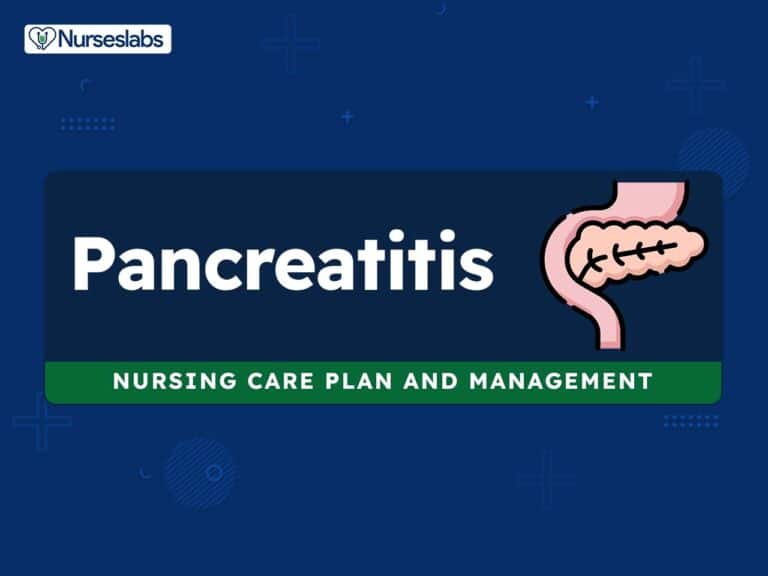
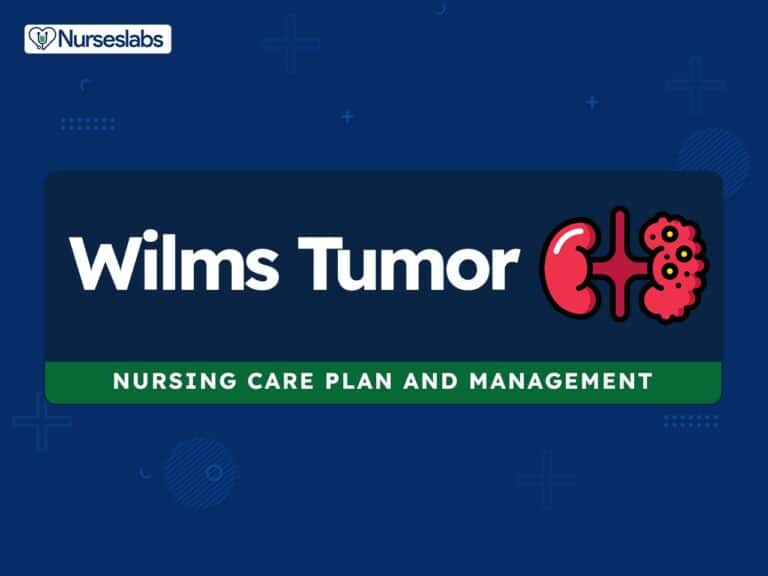
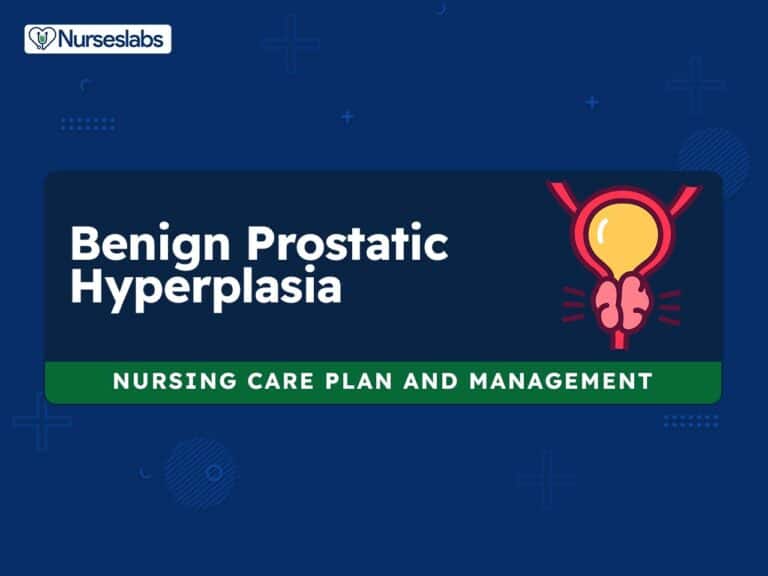
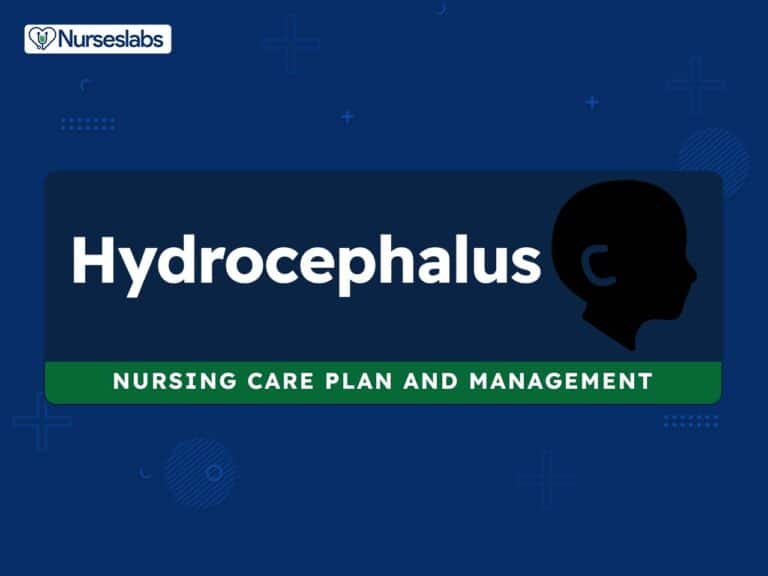


Leave a Comment